Last Updated: October 7, 2025
Camera Sensors of the Future: Phones Launching With 200MP & Periscope Lenses
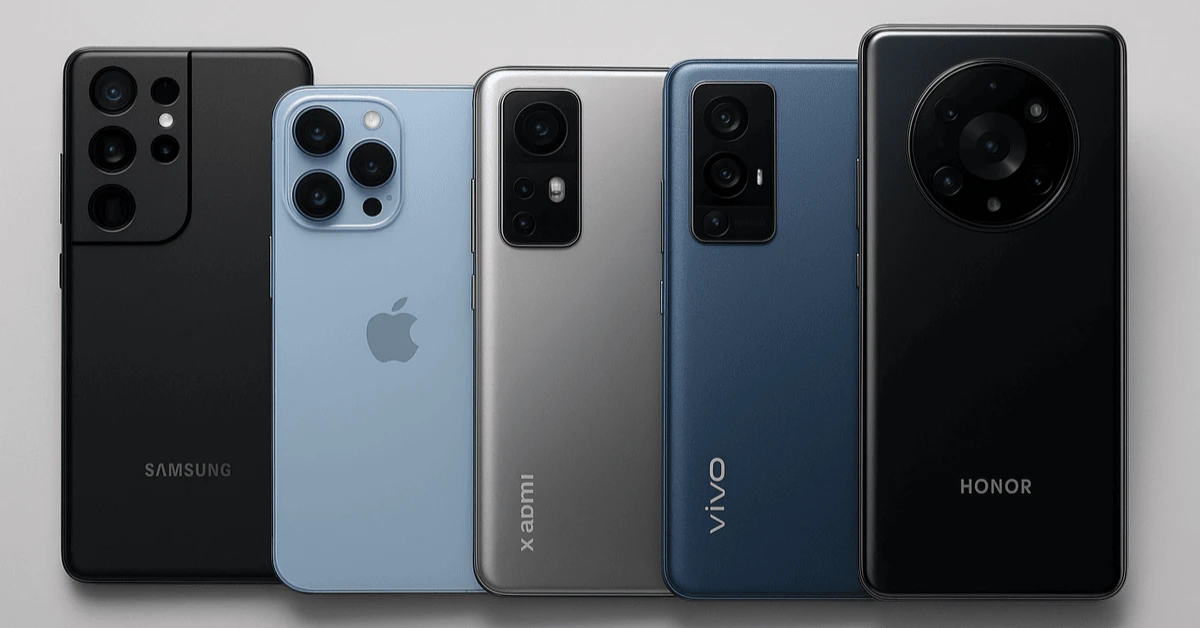
Smartphone photography is in the middle of its boldest leap yet. In 2025 we’re seeing two trends collide: gigantic main sensors (200MP and up) and ever-more-capable periscope telephoto modules. The result is phones that can capture incredible detail at close range and reach farther than many compact cameras used to — all from a device that fits in your pocket. This article walks you through the major launches, what the new hardware actually does, how computational photography ties it together, and what it means for both flagships and mid-range phones.
What “200MP” actually means (and why it isn’t just about megapixels)
When brands advertise a “200MP” camera, many readers automatically think “more megapixels = better photos.” That’s a simplified view. A 200MP sensor packs more photosites (pixels) into the sensor, but the real gains come from:
- Pixel binning: combining multiple adjacent pixels into one larger pixel for better low-light performance and dynamic range;
- Cropping without loss: the ability to crop aggressively while keeping usable detail for high-resolution crops;
- In-sensor zoom: some modern 200MP sensors enable “lossless” or near-lossless crops at 2× or more by using native pixels intelligently;
- Advanced HDR and video modes: large sensors facilitate improved HDR and better video down-sampling.
Manufacturers pair these sensors with heavy computational processing so photos look better in real-world conditions — not just on spec sheets.
Flagship examples: who’s shipping 200MP in 2025?
Multiple major players rushed to bring 200MP sensors to market in 2024–2025. Samsung’s Galaxy S25 Ultra, for example, features a 200MP main sensor and market positioning that emphasizes pixel-level detail and professional-level imaging workflows. 0
Xiaomi’s Ultra models have also leaned into extreme-resolution sensors and long-range optics — the Xiaomi 15 Ultra, for instance, offers a high-resolution primary plus long focal-length telephoto (100mm optical-equivalent) that changes what phone photography can do without switching to a mirrorless camera. 1
These flagships pair 200MP capture with powerful ISP (image signal processor) chips and software that produce usable 12–50MP final images after processing — giving photographers both detail and low-light performance in one package.
Periscope lenses: how they extend reach (without monstrous camera bumps)
Periscope lenses use folded optics: the light path is bent inside the phone so a longer focal length can fit inside a thin body. Rather than a tall protruding lens, a periscope places the optics horizontally, letting phones offer true optical zoom like 3×, 5×, 10× and beyond.
Samsung and others now combine large sensors with dual telephoto setups (multiple periscopes or periscope + regular telephoto) to create hybrid zoom ranges — short-range optical, medium-range lossless crops, and long-range digital zoom backed by AI. That combination is what helps phones like the S25 Ultra and Xiaomi 15 Ultra shoot crisp photos from across a street or into a stadium. 2
Mid-range shock: 200MP is trickling down
One of the most important 2025 trends is that 200MP sensors are no longer exclusive to expensive flagships. Brands are pushing 200MP into mid-range models — a move that democratizes high-resolution capture and raises the bar for affordable photography.
For example, Vivo launched the V60e with a 200MP sensor and aggressive price positioning in India, showing that manufacturers are willing to put big sensors into cheaper hardware and rely on software to polish results. That’s a signal: even budget-conscious buyers can expect dramatic camera upgrades. 3
Sensor innovation: Samsung’s ISOCELL and in-sensor tricks
Sensor makers keep innovating — Samsung’s ISOCELL series introduced high-precision microlenses, staggered HDR modes, and Smart ISO Pro for better dynamic range and reduced artifacting in high-resolution sensors. These hardware advances are why 200MP sensors today are more usable than the first ultra-high-megapixel experiments of years past. 4
Computational photography: the invisible hero
The hardware is only half the story. AI and computational photography do the heavy lifting: multi-frame stacking for low light, smart noise reduction, per-pixel HDR, and color science tuned to each lens. Phone makers now train models specifically for their new sensors and telephoto optics so images look natural, with crisp detail and realistic skin tones.
Additionally, image stitching, super-resolution upscaling, and AI-based deblurring are turning long-range smartphone shots (even digitally zoomed) into social-media-ready images. The combination of large sensors, periscope optics and powerful software is what makes the latest phones genuinely useful for enthusiasts and prosumers alike.
Flagship vs mid-range camera innovation: what buyers should know
Not all 200MP phones are equal. Flagships typically offer:
- Better lenses (wider apertures, more complex optical elements);
- Multiple telephoto modules including periscopes (3×, 5×, 10×);
- Superior processing power and RAW workflows;
- Features like dual telephotos, optical image stabilization (OIS) on multiple lenses, and professional capture modes.
Mid-range phones with 200MP sensors often compromise on lens quality, stabilization, or have less powerful ISPs — but they still deliver tremendous value for everyday photography and high-resolution cropping. For many users, a mid-range 200MP phone will outperform older flagships and even some modern compact cameras in many conditions. 5
Who’s launching what: the short list for 2025
Here’s a concise view of key phones and what they bring (based on official announcements and reliable leaks):
- Samsung Galaxy S25 Ultra — flagship with 200MP main sensor, advanced AI imaging features, and multi-telephoto setup aimed at pro workflows. 6
- Xiaomi 15 Ultra — 200MP-level photography, long focal-length optics (100mm equivalent telephoto), Leica partnership-derived tuning on some variants. 7
- Vivo V60e and other Vivo models — introducing 200MP into mid-range brackets (V60e being a recent example), making high-resolution capture accessible. 8
- HONOR 400/400 Pro and others — Honor and several Chinese brands are shipping 200MP-capable models in 2025 as part of a broader trend to emphasize camera specs. 9
How close are phones to replacing dedicated cameras?
Smartphones are not identical to interchangeable-lens cameras, but the gap is narrowing for many practical use cases. For travel, social media, and even some professional shooting (when paired with RAW capture and good lighting), phones with 200MP sensors plus periscopes can replace a compact system camera. The areas where dedicated cameras still lead are: extreme low-light, very shallow depth-of-field at long focal lengths, and interchangeable lens flexibility for specialized optics.
Practical tips for choosing a 200MP / periscope phone
- Look beyond megapixels: check aperture, OIS, and the presence of multiple telephoto modules.
- Check software RAW support: some phones allow ProRAW or DNG capture with full sensor readout — essential for editing.
- Test long-range shots: periscope zooms vary. A 5× native periscope will beat a 2× crop every time for distant subjects.
- Consider battery & thermals: high-resolution capture and long zoom use more power and heat; flagships generally manage this better.
- Storage matters: 200MP images (especially in RAW) use a lot of space — pick higher storage or use cloud workflows.
How AI & software will define real winners
Going forward, the brand that pairs the best sensor & optics with the smartest software—noise models, color science, efficient multi-frame stacking, and AI-based sharpening—will win user preference. That’s why two phones with the same 200MP sensor can produce very different results. Samsung’s own ISOCELL advances and Xiaomi’s Leica tuning are examples of brand differentiation at the software and color-processing level. 10
Future features to watch (2026 and beyond)
Expect:
- Hybrid periscopes with variable focal length;
- Better in-sensor zoom that preserves detail without massive crops;
- More mid-range phones with larger sensors and advanced AI processing;
- Pro-grade RAW workflows baked into phone camera apps;
- Faster on-device AI for instant multi-frame fusion and subject separation.
Conclusion: who should upgrade?
If you’re a casual photographer, today’s mid-range 200MP phones are irresistible value — they give amazing crops and good daytime shots. If you’re a serious hobbyist or pro, a flagship with multi-telephoto optics, OIS on multiple lenses, and true RAW workflows (plus a powerful ISP) is the better investment. Either way, the phone camera market in 2025 is more exciting than ever.
FAQs
Q1: Do 200MP phones really take 200MP photos?
Yes — many phones capture native 200MP frames, but most final images are downsampled or pixel-binned to produce better-looking 12–50MP photos with less noise. Native 200MP RAW is useful for extreme cropping or pro editing.
Q2: Are periscope lenses worth it?
Absolutely for long-range shots. A periscope telephoto provides optical zoom that preserves detail, which is crucial for sports, wildlife or urban telephoto shots.
Q3: Will a mid-range 200MP phone beat an older flagship?
In many scenarios, yes — especially in good lighting and for crops. However, older flagships may still outperform with better glass, stabilization, and more mature software tuning.
Q4: Which phones in 2025 should I watch for camera tech?
Look at the Samsung Galaxy S25 Ultra, Xiaomi 15 Ultra, and recent Vivo 200MP models — they represent the current edge of sensor and telephoto innovation. 11
Q5: Is smartphone photography replacing DSLRs?
For most users, yes — for travel, social media and many professional situations (with the right phone + RAW). For specialized photography (large prints, very shallow DOF, extreme low light), dedicated cameras still hold advantages.
You May Also Like:
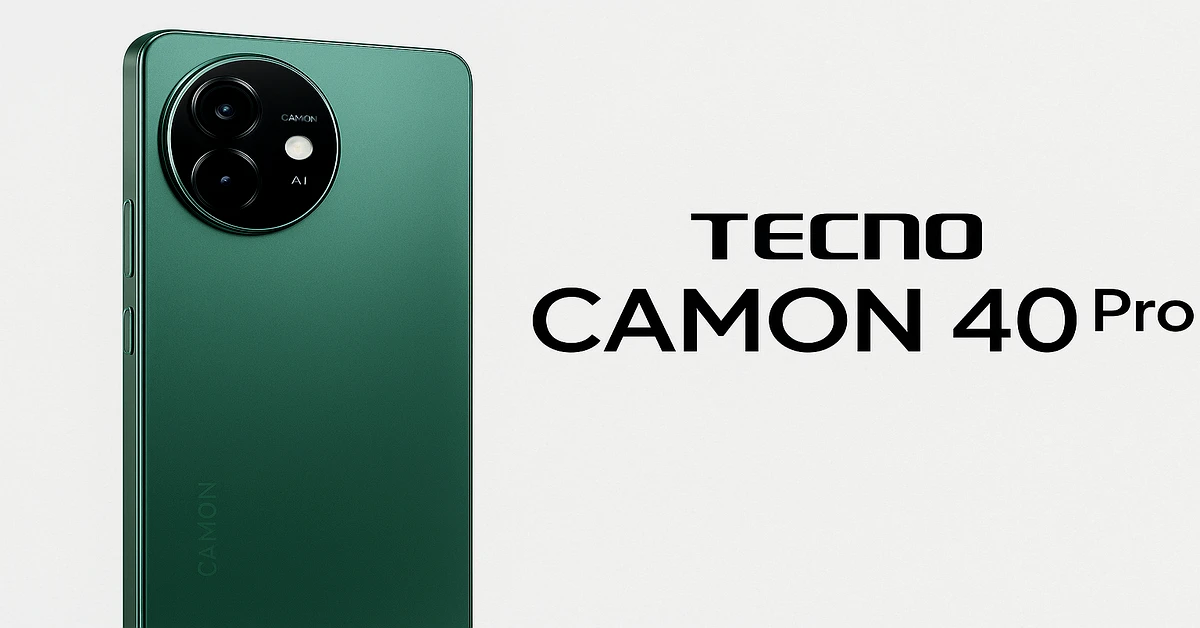
Tecno Camon 40 Pro Review: Flagship-Level AI Camera & Performance at a Mid-Range Price...
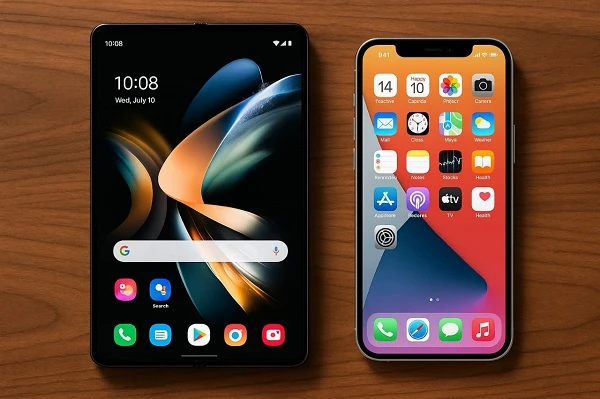
Foldable Phones Just Got Real: What Samsung’s Z Fold 6 Can Do That Your iPhone Can’t!...

Future Hailstorm Predictions: What to Expect in Pakistan in 2025 and Beyond...
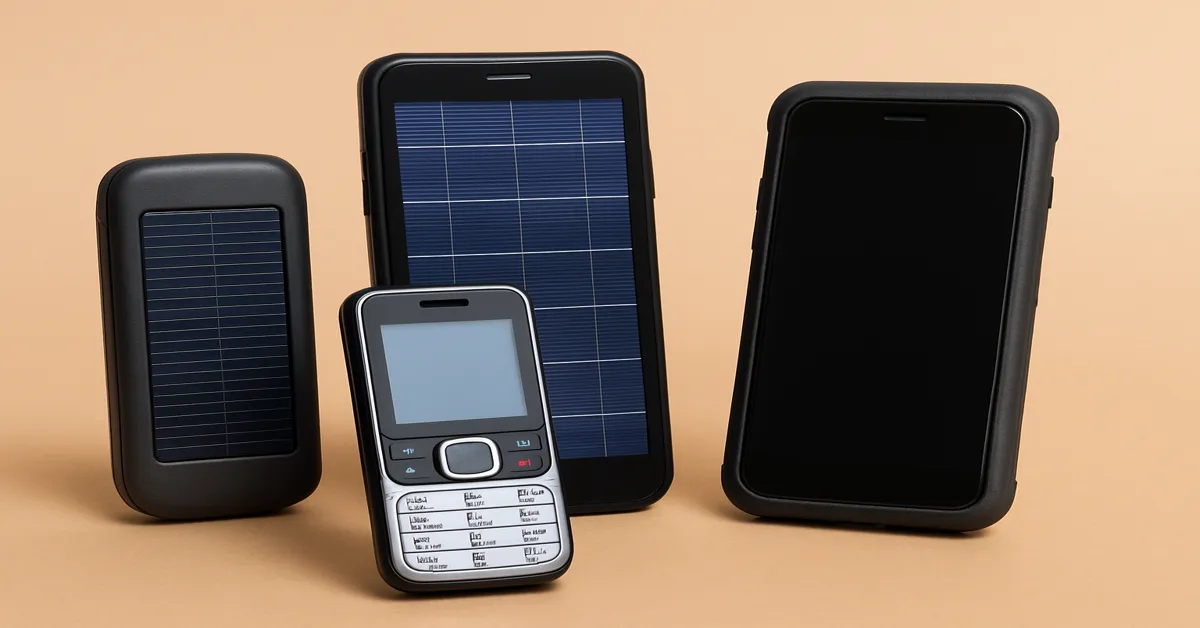
A Historical and Technological Review of Solar-Powered Mobile Phones...

Buner Flood 2025: Full Story, Damages, Safety Tips, and Future Risks...

Who Will Replace Djokovic, Nadal & Federer? The Future of Men’s Tennis...
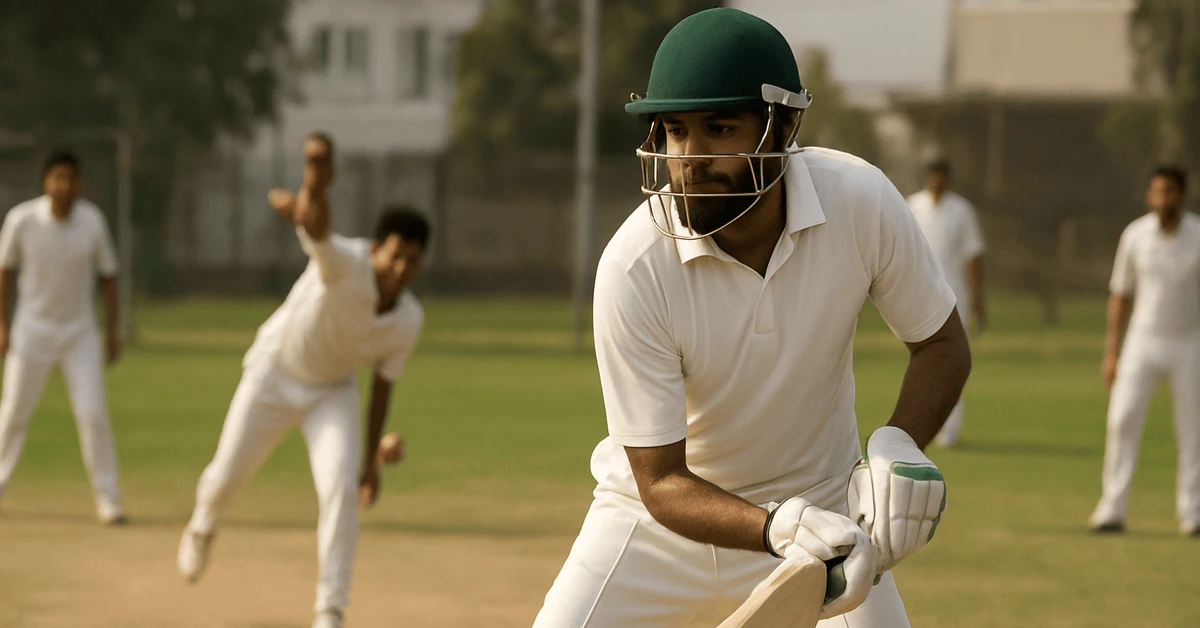
Pakistan’s Cricket Academies Crisis: Why Future Stars Are Wasted Before They Even Shine...

